de Quervains
Management of de Quervain's tenosynovitis involves a combination of non-surgical (conservative) and surgical approaches depending on the severity and duration of symptoms. De Quervain's tenosynovitis is a condition that affects the tendons on the radial / thumb side of the wrist, causing pain and discomfort. It is typically caused by overuse or repetitive motions of the hand and wrist and is common in new Mums and can also be referred to as Mummy thumb. Here, we will discuss the various management strategies for de Quervain's tenosynovitis.
Conservative management
Conservative management is often the first line of treatment for de Quervain's tenosynovitis. This approach focuses on reducing pain and inflammation and improving the function of the affected hand.
The following interventions are commonly used:
Rest and immobilisation
Avoiding activities that increase your symptoms and immobilising the thumb and wrist with a splint can help reduce inflammation, pain and promote healing. Your hand therapist can choose the correct splint for you and issue or make one for you in clinic.
Non-steroidal anti-inflammatory drugs (NSAIDs)
Medications like ibuprofen can help reduce pain and inflammation. However, it is important to consult a healthcare professional before taking any medication.
exercises
A hand therapist can provide exercises and stretches to improve range of motion, strengthen the muscles, and reduce pain when appropriate.
Modification of activities
Making modifications to work or recreational activities that aggravate your symptoms can help prevent further irritation to the tendons. Your hand therapist will discuss with you activities that cause pain, and will look for solutions to help you manage these.
Corticosteroid injection
Your hand therapist may refer you for an ultrasound to confirm the diagnosis. If your symptoms do not settle in a timely manner, you may then be referred on for an ultrasound guided corticosteroid injection.
surgical management
If non-surgical methods fail to provide relief or the condition is severe, surgical intervention may be considered. Surgical management is typically reserved for cases that do not respond to conservative treatments or when the symptoms are severe and affecting your daily activities.
The surgical procedure for de Quervain's tenosynovitis involves releasing the constricted tendon sheath to allow the tendons to move freely. This can be done through open surgery or endoscopic techniques, depending on the Hand Surgeon’s preference. Following surgery, a rehabilitation program may be recommended to restore strength and function.
Prevention
It is worth noting that prevention plays a crucial role in the management of de Quervain's tenosynovitis. Some preventative measures include:
1. Avoiding repetitive hand and wrist movements or taking frequent breaks during activities that involve repetitive motions.
2. Using proper ergonomics when working or performing tasks that involve prolonged hand and wrist use.
3. Strengthening the muscles of the hand and forearm through targeted exercises to improve their endurance and reduce the risk of overuse injuries.
4. Maintaining a healthy lifestyle, including a balanced diet, regular exercise, and adequate rest, to promote overall musculoskeletal health.
In conclusion, the management of de Quervain's tenosynovitis involves a combination of non-surgical and surgical approaches. Non-surgical methods focus on reducing inflammation, relieving pain, and improving hand function. Surgical intervention may be necessary in severe or refractory cases. Preventive measures are essential in avoiding the recurrence of symptoms and maintaining hand and wrist health. It is important to consult a Hand Thearpist for an accurate diagnosis and appropriate management plan for de Quervain's tenosynovitis. If you think you have de Quervains tenosynovitis and would like to see a Hand Therapist please get in touch or book online here.
